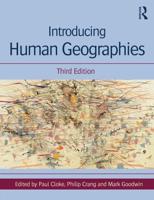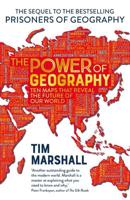Publisher's Synopsis
This timely, insightful and expert-led volume interprets the 2020 U.S. Presidential Election from a geographical standpoint, with a focus on its spatial dimensions.
With contributions from leading thinkers, this book highlights the unique circumstances of the election, including the Covid pandemic and a president who falsely alleged that it was a massive fraud, particularly after he lost. The volume offers an introduction and 11 chapters that examine the run-up to the election, the motivations of Trump supporters, the election results themselves, case studies of the battleground states of Wisconsin and Georgia, and the chaotic aftermath. Accompanied with an engaging plethora of figures providing a visual demonstration of data trends, both national and local case studies are considered throughout this book, as well as right-wing radicalization, the role of Cuban-Americans, race, and threats to American democracy.
This book is an ideal study companion for faculty and graduate students in fields including geography and political science, sociology, American studies, media studies and urban planning, as well as those with an interest in U.S. politics more generally.













